The Royal Palaces of Abomey are 12 palaces spread over an area of 40 hectares (100 acres) at the heart of the Abomey town in Benin, formerly the capital of the West African Kingdom of Dahomey. The Kingdom was founded in 1625 by the Fon people who developed it into a powerful military and commercial empire, which dominated trade with European slave traders on the Slave Coast until the late 19th century, to whom they sold their prisoners of war. At its peak the palaces could accommodate up to 8000 people. The King's palace included a two-story building known as the "cowrie house" or akuehue. Under the twelve kings who succeeded from 1625 to 1900, the kingdom established itself as one of the most powerful of the western coast of Africa.
UNESCO had inscribed the palaces on the List of World Heritage Sites in Africa. Following this, the site had to be included under the List of World Heritage in Danger since Abomey was hit by a tornado on 15 March 1984, when the roy...Read more
The Royal Palaces of Abomey are 12 palaces spread over an area of 40 hectares (100 acres) at the heart of the Abomey town in Benin, formerly the capital of the West African Kingdom of Dahomey. The Kingdom was founded in 1625 by the Fon people who developed it into a powerful military and commercial empire, which dominated trade with European slave traders on the Slave Coast until the late 19th century, to whom they sold their prisoners of war. At its peak the palaces could accommodate up to 8000 people. The King's palace included a two-story building known as the "cowrie house" or akuehue. Under the twelve kings who succeeded from 1625 to 1900, the kingdom established itself as one of the most powerful of the western coast of Africa.
UNESCO had inscribed the palaces on the List of World Heritage Sites in Africa. Following this, the site had to be included under the List of World Heritage in Danger since Abomey was hit by a tornado on 15 March 1984, when the royal enclosure and museums, particularly the King Guezo Portico, the Assins Room, King's tomb and Jewel Room were damaged. However, with assistance from several international agencies the restoration and renovation work was completed. Based on the corrective works carried out and reports received on these renovations at Abomey, UNESCO decided to remove the Royal Palaces of Abomey, Benin from the List of World Heritage in Danger, in July 2007.
Today, the palaces are no longer inhabited, but those of King Ghézo and King Glélé house the Historical Museum of Abomey, which illustrates the history of the kingdom and its symbolism through a desire for independence, resistance and fight against colonial occupation.
 Royal Palaces of Abomey
Royal Palaces of Abomey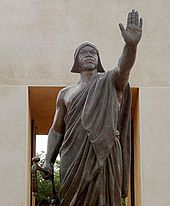 Statue of Behanzin in Abomey
Statue of Behanzin in AbomeyThe palaces built by the 12 rulers of the kingdom within the cloistered site of Abomey functioned between 1695 and 1900 as the traditional cultural hub of the empire. The first ruler to initiate the building of palaces was King Houegbadja, who had founded the city.[1]
According to folklore, the descendants of the royal family of Abomey who built the 12 Royal Palaces are the progeny of Princess Aligbonon of Tado and a panther.[2] Their kingdom existed in the southern part of the present day Republic of Benin in Abomey. Recorded history is, however, traced to the 17th century to two of their descendants, namely Do-Aklin and Dakodonou. Houegbadja (1645–1685) was the king who established the kingdom on the Abomey plateau and set the legal framework for the kingdom's functioning, political role, rules of succession, and so forth.[2]
King Agaja (1718–1740) defeated the kingdom of Allada in 1724 and the Kingdom of Whydah in 1727. This resulted in the killing of several prisoners. Many of the prisoners were also sold as slaves at Ouidah, then called Gléwé. These wars marked the beginning of the dominance of Dahomey's slave trade (which was carried out through the port of Whydah with the Europeans.[2][3]
In the 19th century, however, with the rise of the antislavery movement in Great Britain, King Guézo (1818–1858) initiated agricultural development in the country, which resulted in further economic prosperity of the kingdom achieved through exports of agricultural products such as corn and palm oil.[2]
From 1892 to 1894, after the Fon returned to raiding the Ouémé Valley, France declared war on Dahomey. Following a string of decisive French victories during the Second Franco-Dahomean War, they seized the Singboji palace. King Béhanzin, the last independent reigning king of Dahomey and the remnants of his army fled north as the French entered the capital on 17 November. The French chose Béhanzin's brother, Goutchili, as the new king. Béhanzin was eventually deported to the Martinique. His successor King Agooli Agbo could rule only until his deportation to Gabon in 1900. In 1960, when the present-day Bénin attained independence from France, it originally bore the name Dahomey.[3]
The official history of the kingdom was recorded and followed through a series of polychrome earthen bas-reliefs.[4]


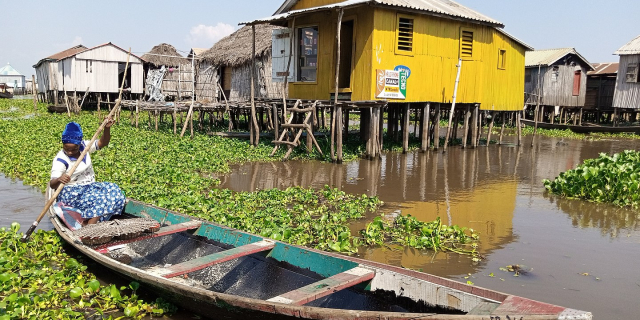

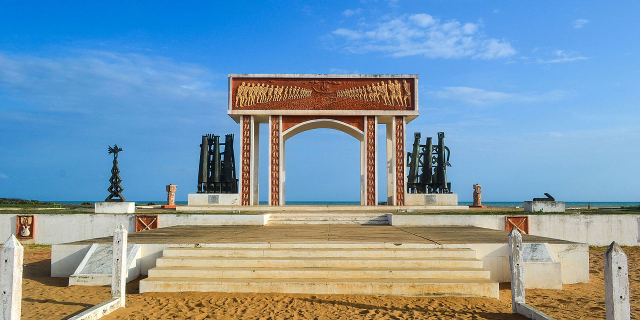

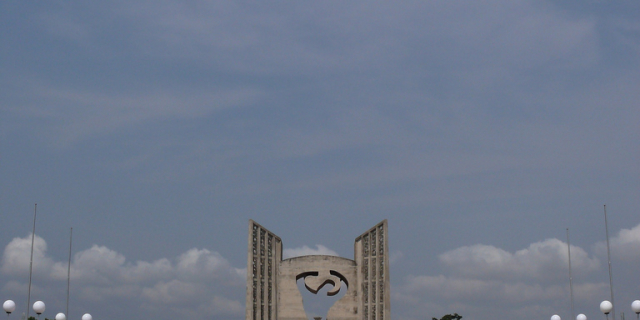

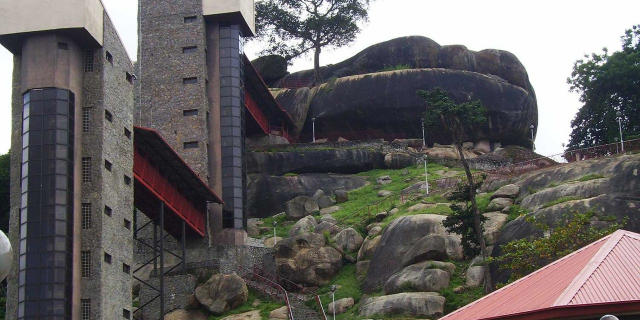









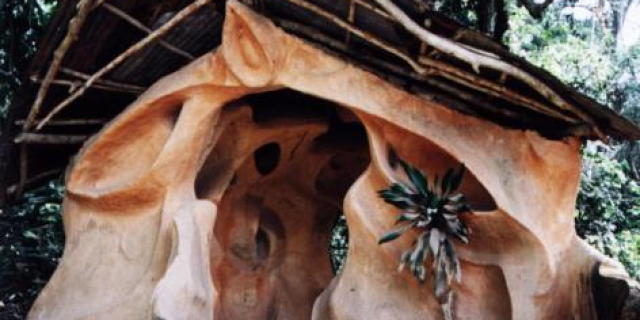
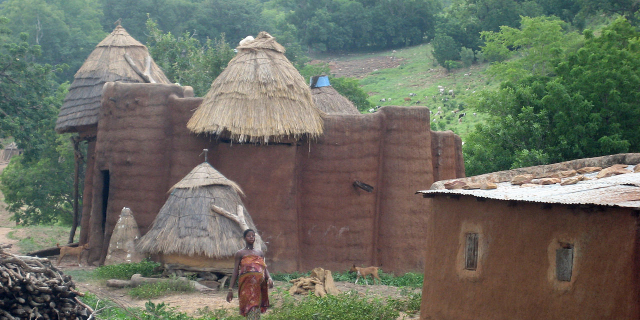
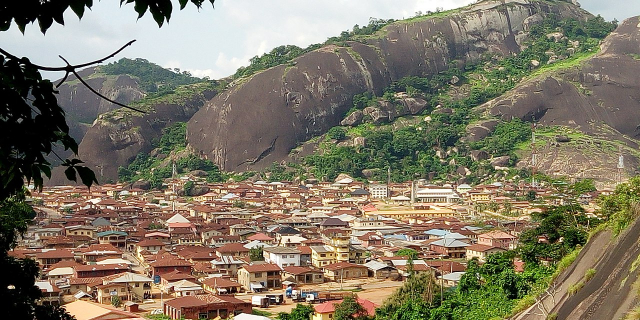




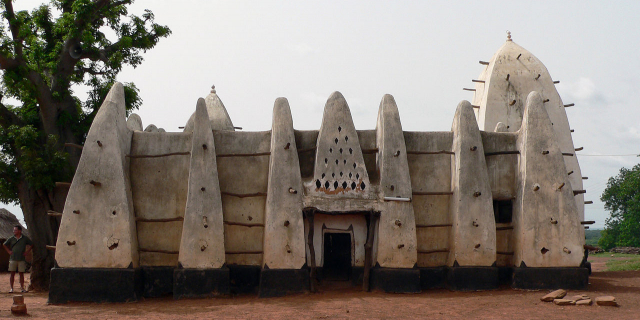


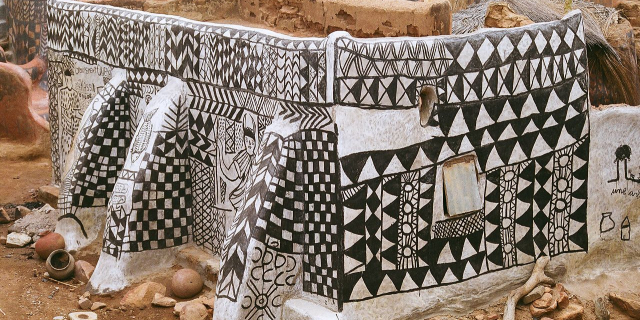


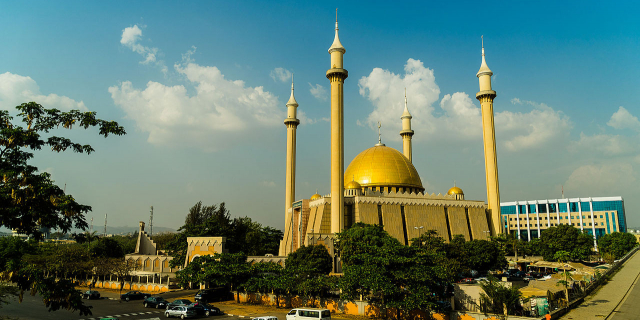

Add new comment